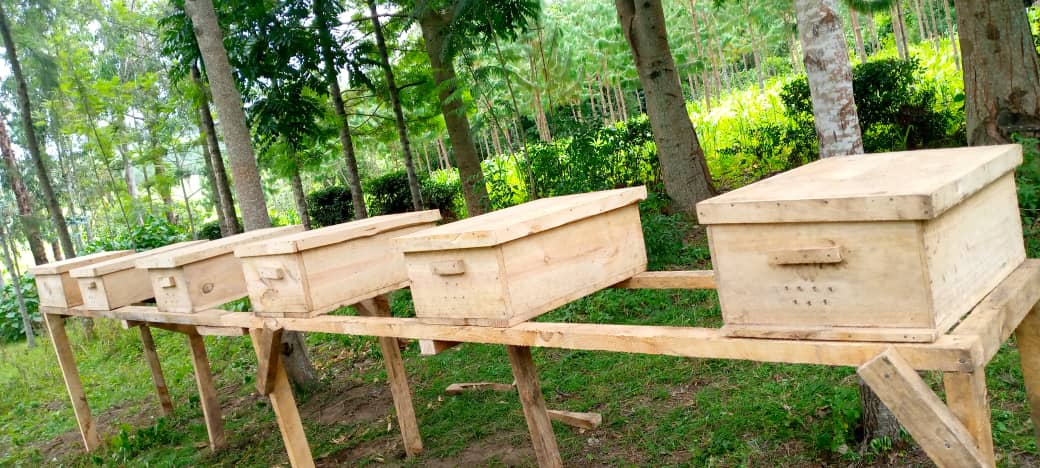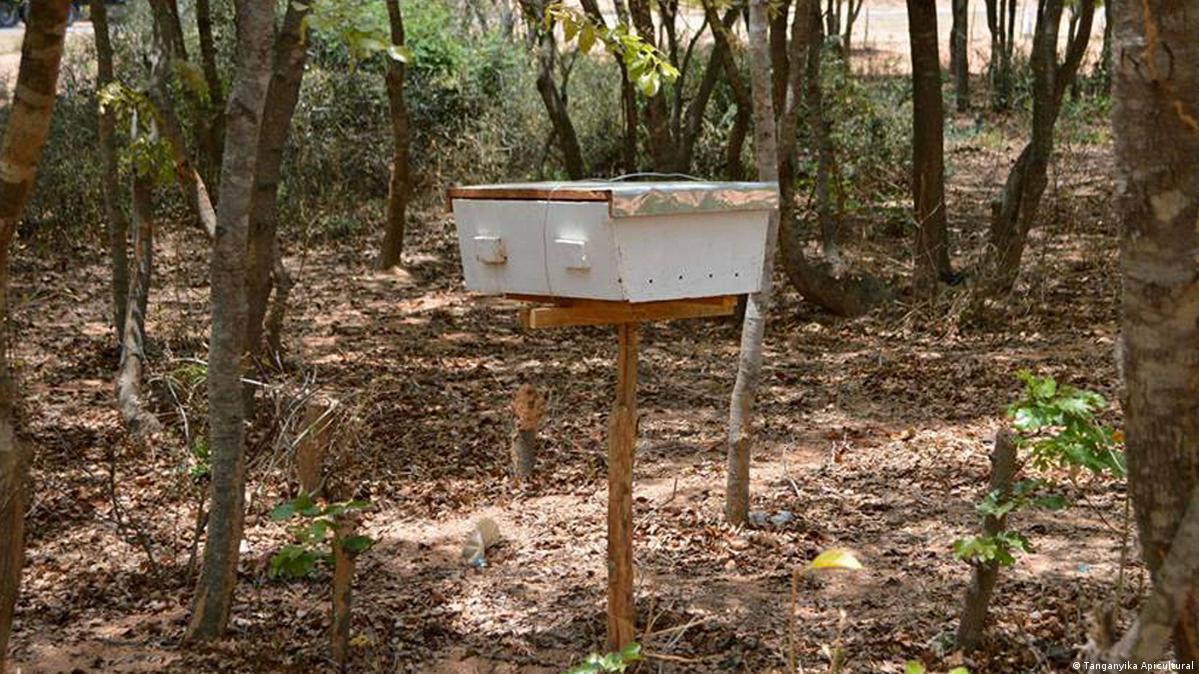Improved forest genetic material plays a vital role in the sustainable management and development of the forest sector. It refers to the selection, breeding, and utilization of tree species with desirable traits, such as high growth rates, timber quality, disease resistance, and adaptability to changing environmental conditions. Incorporating improved genetic material in forestry practices offers numerous benefits and contributes to the long-term productivity, biodiversity conservation, and resilience of forest ecosystems.
Enhanced tree genetic material is crucial for boosting timber production in the forest sector. By selecting and breeding trees with fast growth rates and high-quality timber characteristics, foresters can improve the productivity and economic value of timber stands. This not only meets the demand for wood products but also reduces pressure on natural forests, as more timber can be produced from smaller areas of land. The use of improved genetic material also allows for the cultivation of tree species suitable for specific site conditions, increasing the efficiency and profitability of forest plantations.
Furthermore, improved forest genetic material contributes to the conservation of biodiversity. Traditional forest management often focused on a limited number of tree species, resulting in the loss of genetic diversity within forests. By incorporating genetically diverse and adapted tree populations, foresters can enhance the resilience of forest ecosystems. Genetic diversity provides a greater capacity for trees to withstand pests, diseases, and changing environmental conditions, ensuring the long-term health and stability of forest ecosystems. Moreover, the use of native tree species and locally adapted genetic material supports the conservation of indigenous flora and fauna, as these species are better suited to local ecological conditions.
In the face of climate change, the role of improved forest genetic material becomes even more crucial. As temperatures rise and weather patterns shift, forests need to adapt to changing conditions. Through genetic selection and breeding programs, foresters can identify and propagate tree populations that exhibit resilience to climate stressors. This includes traits such as drought tolerance, heat resistance, and the ability to sequester and store carbon effectively. Utilizing improved genetic material helps forests to adapt and mitigate the impacts of climate change, supporting carbon sequestration, climate regulation, and overall ecosystem health.
Collaborative research and development efforts between forestry institutions, research organizations, and the private sector are instrumental in advancing the use of improved forest genetic material. These collaborations involve conducting research on tree genetics, developing breeding programs, establishing seed orchards, and sharing knowledge and best practices. By investing in research and innovation, countries can continually improve their understanding of tree genetics and develop superior planting stock that aligns with specific objectives and environmental conditions.
However, it is important to ensure that the use of improved forest genetic material is carried out responsibly and in accordance with sustainable forest management principles. Conservation of natural forests and native tree populations should remain a priority, and the use of exotic species should be carefully considered to prevent negative ecological impacts. Efforts should also be made to involve local communities and stakeholders in decision-making processes, ensuring that their traditional knowledge and preferences are taken into account.




